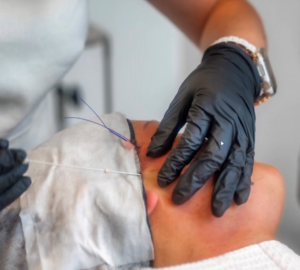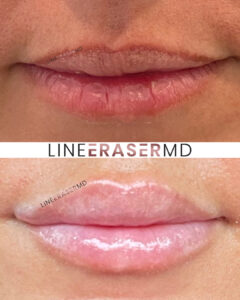Article was previously published on NY Post
Move over, Ozempic. There’s a new slimming trend sweeping TikTok, but this one’s strictly for the gams.
People on the platform are discussing using Botox injections in their calf muscles to slim them down in a hot trend nicknamed “calf tox.”
While cosmetic Botox is approved by the Food and Drug Administration to treat fine lines and wrinkles, such as frown lines and crow’s feet, as well as for some medical treatments — it’s also been used in untraditional ways.
“Trap tox,” for example, involves injecting Botox into the trapezius muscles and also recently went viral on TikTok.
But now, Botox is being used as a treatment to slim down the calf muscles, those in the back of your lower leg, to make them look thin and contoured.
And the “calf tox” trend has already captivated TikTok with 2.5 million views on the platform — despite potential side effects that could lead to pain and discomfort, swelling and bruising, allergic reaction, infection, and/or weakness and inability to exercise, according to The Clifford Clinic.
Botox can weaken the calf muscles, which in turn could affect the ability to do some exercise. The Clifford Clinic advises avoiding strenuous physical activity for at least two weeks after the procedure.
“Applying Botox to your calf muscles to make them appear slimmer will temporarily relax the muscles by blocking out nerve endings,” plastic surgeon Dr. Andrew Peredo told The Post. “Everyday exercises can be affected by this. It could potentially affect your gait/stride, affecting the way you walk, run or jump depending on your anatomy.”
Dendy Engelman, MD, board-certified dermatologist at Shafer Clinic Fifth Avenue, told POPSUGAR that anyone who wants to “improve the appearance of their lower legs” is a “good candidate” for the procedure — as well as people who have muscle hypertrophy (an increase in muscle mass) or have genetically developed bulky calf muscles.
“Calf tox is an off-label use of Botox where it is injected into the calves for a slimming effect,” Carol Eisenstat, MD, board-certified physician and founder of Line Eraser MD, told the outlet.
Eisenstat emphasized that results are slow and temporary and might be different for each individual, though she said results can last up to four months and that the procedure is quick and non-invasive.
“By directly preventing the communication between the nerve cells and muscle, Botox decreases the muscle contractions, which gradually narrows the circumference of the calves,” Engelman explained, noting that calf Botox is generally safe and has no serious or long-term side effects.
“Potential temporary side effects can include redness, mild bruising, soreness or tenderness, or difficulty ambulating,” Engelman said.
Of course, the calf muscle supports you when you stand and allows you to move your feet and lower leg. It helps you stand up straight, It allows you to walk, run, jump, rotate your ankle, lock your knee and flex your foot.
A Botox injection into the calf temporarily paralyzes the muscle, making it unable to fully contract — which Eisenstat warned could potentially affect the function of the muscle.
However, Botox is generally a safe procedure and won’t have long-term effects.
“Full long-term effects are not known as this is a new trend, but there is a potential in affecting your low legs and back. The calf muscles are important for walking, running and jumping and also help with posture,” Peredo explained to The Post.
“Our muscles in our body are naturally tensioned for height and anatomy. When you alter your anatomy in your feet and legs, it can cause a chain reaction. For example, when you stub your toe and walk with a limp, some people end up having knee, hip or back pain.”
He added that applying Botox to the calf muscle should not cause permanent damage, since when the Botox wears off, the muscle will return to normal.
Both Eisenstat and Engelman advised seeking out a board-certified specialist for this specific treatment.
Meanwhile, Peredo advised against this procedure for solely aesthetic purposes, noting that he performs the procedure for patients who experience muscle spasms or have a medical condition such as muscle spasticity in order to relax the muscles.








